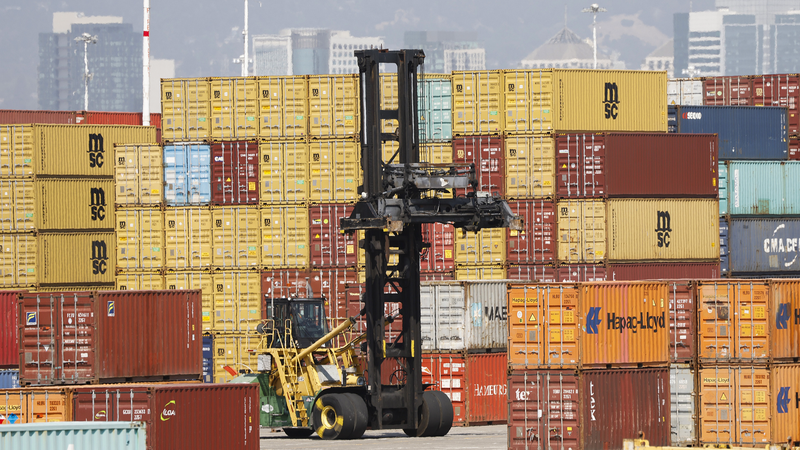What began as a protective measure has evolved into a sharp tit-for-tat between two key trading partners. The US currently applies a 50% tariff on imported steel and aluminum, prompting Canada – the largest supplier of these materials to the US – to counter with a 25% duty on US-made steel and aluminum products.
On July 10, US President Donald Trump announced a 35% tariff on Canadian imports, effective August 1. Canada responded on July 16 by expanding steel import quota limits and imposing surcharges on excess imports. Notably, Canada will add a 25% surcharge on steel products melted and poured in the Chinese mainland but imported through non-US channels.
These escalating measures highlight a broader risk: protectionist policies can disrupt global supply chains and push up costs for manufacturers and consumers alike. With Canada supplying a significant share of US steel and aluminum needs, higher tariffs threaten to ripple through sectors from automotive to construction, ultimately affecting prices at the pump and on the building site.
For globally minded young professionals and entrepreneurs, this standoff underscores a key lesson: in an interconnected world, isolationist tactics often backfire. As tariffs climb, startups and tech innovators may face steeper expenses for critical materials, while digital nomads and sustainable travel operators could see project costs rise.
Experts warn that prolonged trade disputes risk slowing economic growth and delaying green infrastructure projects. The US-Canada tariff feud serves as a stark reminder that collaboration – not confrontation – is crucial for tackling shared challenges like sustainable development and climate resilience.
As negotiations loom, the question remains: will cooler heads prevail, or will tariffs remain the go-to tool in the trade toolbox? In a world hungry for innovation and cooperation, outdated tariff wars may do more harm than good.
Reference(s):
cgtn.com




